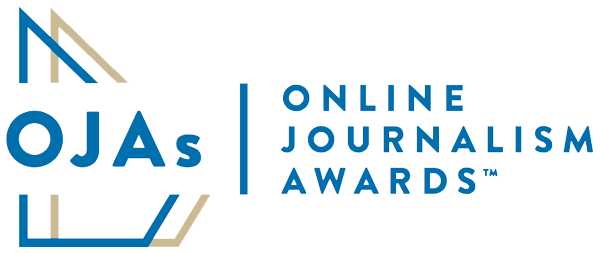Organizations
The Baltimore Banner
The New York Times
Award
Knight Award for Public Service
Program
2025
Entry Links
Link 1
Link 2
Link 3
Link 4
Link 5
The rise of fentanyl, and the shocking number of deaths it has caused, has become a tragically common story in virtually every big city in the United States. But when The Baltimore Banner decided to tackle it, it did so in an uncommon and extraordinary way.
Determined to push past the easy narrative that the deaths were sad but inevitable, the newsroom dedicated multiple journalists to the effort for more than two years. It spent hundreds of thousands of dollars on a legal battle to force local officials to turn over basic public records documenting the deaths. It partnered with The New York Times’s Local Investigations Fellowship, gaining additional investigative editing muscle for the project and exposing the coverage to a wider audience, then started a groundbreaking collaboration with local outlets in other cities to give the topic even greater reach.
The reporters it assigned to lead the effort — Alissa Zhu, Nick Thieme and Jessica Gallagher — produced one revelation after another.
They found the people of Baltimore had been silently enduring the worst drug overdose crisis in American history — and city officials had largely ignored it, allowing one initiative after the next that had been designed to save lives to stall.
They explained why Baltimore’s overdose crisis was so severe, using a first-of-its-kind statistical analysis to reveal a single generation of Black seniors that had suffered almost unfathomable losses, and tracing the astronomical rise in deaths to long overlooked historical forces.
And then they dug deeply into the underbelly of the city’s drug treatment business, exposing a cottage industry of dubious treatment programs that instead of providing a solution to the crisis were, in fact, making it worse.
Journalists used cutting-edge audience engagement techniques to reach potential sources. They began by publishing an online callout for people who have had experiences with addiction, but also printed paper handouts and tear-off flyers to post at high drug-traffic areas and near senior apartments. They quickly learned that many people they were hoping to reach struggled with reading and writing, and designed an audio-based callout that let potential sources dial a phone number where they could hear a pre-recorded message about the project and leave a voice recording. The Banner used its partnership with the local CBS affiliate to promote the telephone callout during a news broadcast. Dozens of people responded online and via phone calls.
The articles did more than chronicle a major American city’s failure to curb drug deaths. They explained and unraveled causes of the fentanyl crisis. They showed ways local leaders can make a difference even in the face of seemingly intractable social ills. Most importantly, they brought attention to a population that had been ignored for far too long. One mother who lost her son to overdose cried upon reading the stories. “Thanks for letting us heal,” she said.
The Online Journalism Awards™ (OJAs), launched in May 2000, are the only comprehensive set of journalism prizes honoring excellence in digital journalism around the world.
